Beauty that transcends time – Eternal value spun by antiques and antiquities

Generally speaking, the terms “antique” and “antique art” refer to items made more than 100 years ago.
The charm that no two are the same.
The greatest appeal of these ancient objects is that they are all one-of-a-kind, handmade by artisans.In other words, no two pieces are the same, and each has its own unique character.
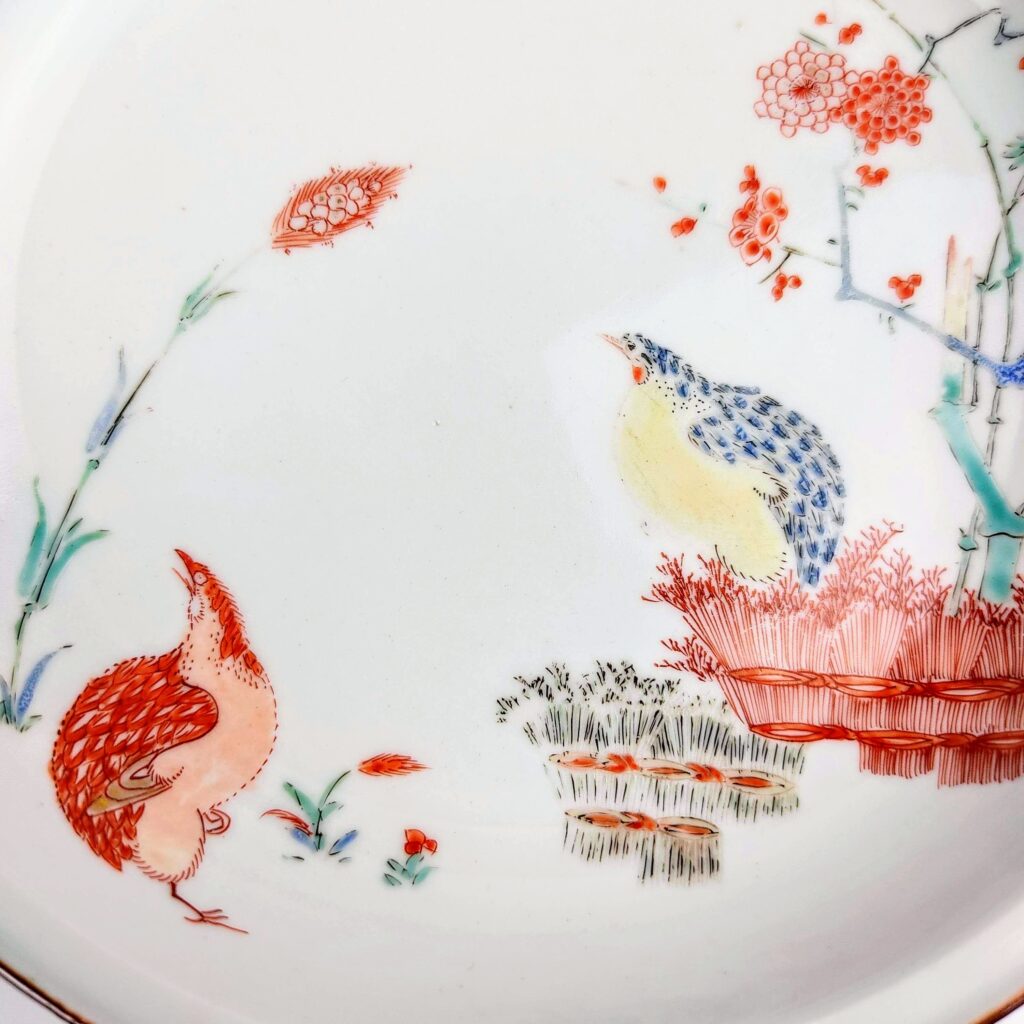
On the other hand, most industrial products today are based on mass production by machine, and hundreds or tens of thousands of nearly identical products are produced.If there are subtle differences in shape, size, or color, they are considered defective and discarded, so mass-produced products must be homogeneous.As a result, even if a piece is damaged or lost, it is easy to get a similar piece for the same price.
However, this is not the case with antiques and antiquities.Once broken or lost, they disappear from the world forever, never to be reproduced in the same form again.Therefore, the very fact that they have been handed down to the present day and continue to remain is proof that they have been loved, protected, and selected by many people throughout their long history.
Imagine that the everyday items you use today, such as dishes, furniture, and accessories, will be handed down to the next generation 100 years from now, or even 1000 years from now.In Japan, a land of many disasters and rapid changes, if a product survives through such a long period of time, there must be a solid reason for it.
To experience antiques and antiquities is to listen to their timeless stories and to appreciate their beauty and value.The weight of the past and the deep feelings that people have poured into them still speak to us in a clear and clear voice.
Beauty Protected by the Folds of Time – The World of Antiques and Antique Art Spun by Boxes and Tailoring
Since ancient times, Japanese people have nurtured a culture of taking good care of things.This is evidenced by the fact that antiques and antique artifacts are carefully stored in wooden boxes and handed down over time.The boxes are marked with the name and quantity of the item, and sometimes even the year of purchase.
In addition, houses with large storehouses have a method of management called “kura-cho,” in which each box is individually numbered and recorded in a ledger book, thus maintaining strict control over a long period of time.
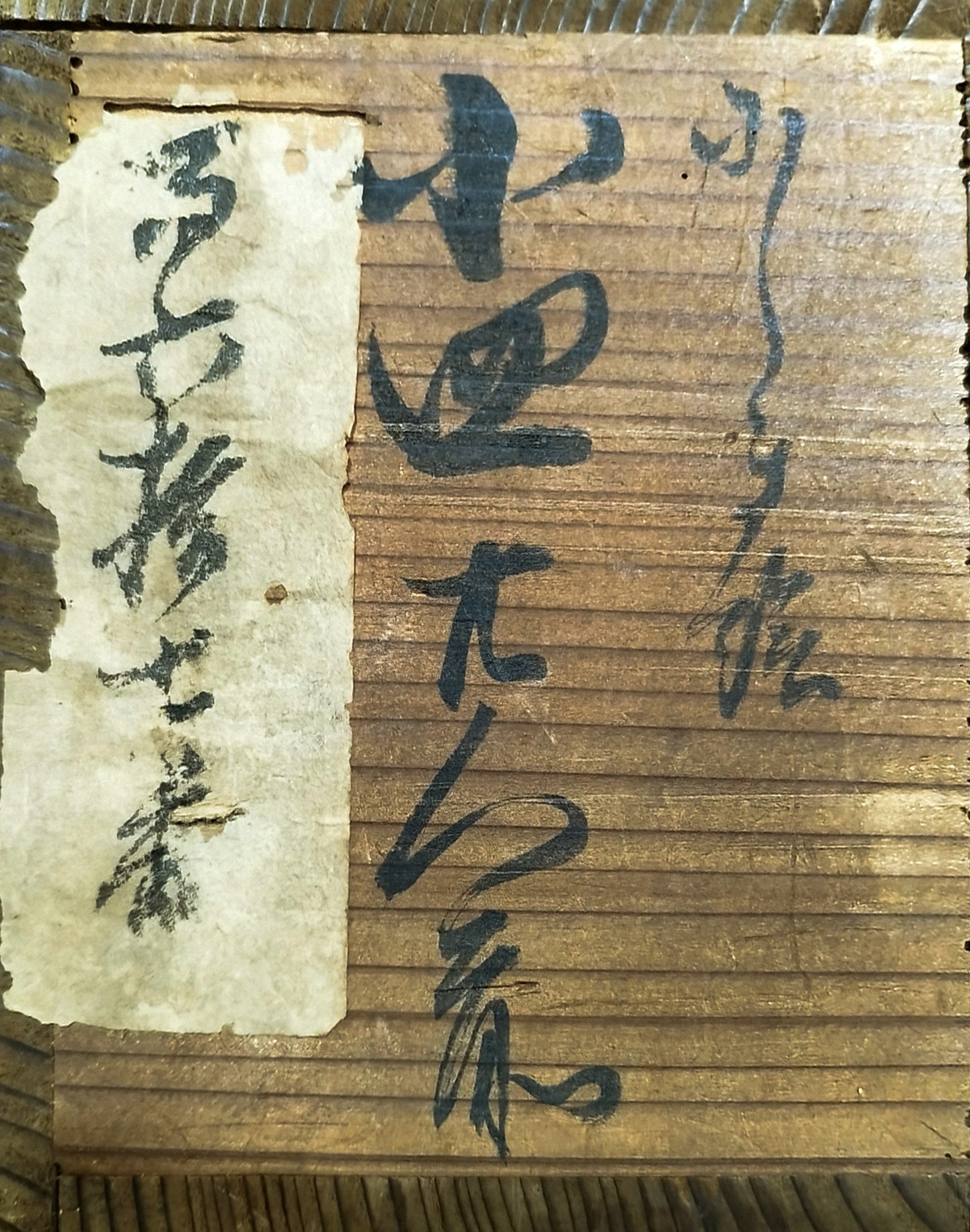
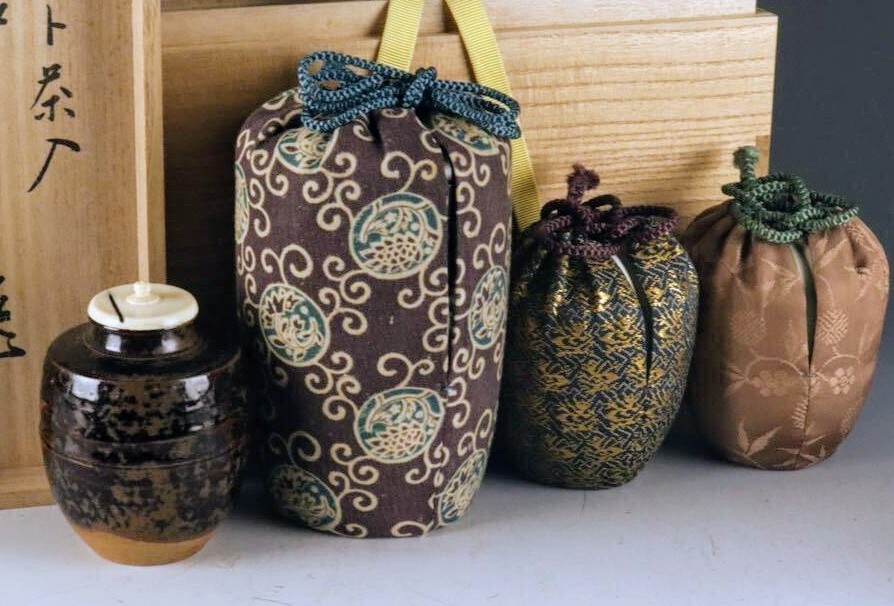
The more carefully handled items are placed in boxes that are stacked one on top of the other.The boxes are nested together like matryoshka dolls of different sizes, and finally wrapped in a cloth bag called a “shifuku” to completely protect the item.
Every element, from the fabric used to cover the box, to the wood used for the wooden box, to the material used for the strings that tie the box together, to the box writing, is considered ingenious, and the overall combination of all these elements is called “tailoring.The world of tailoring is so profound that there are professions such as “Sashimono makers” and “pouch makers” that specialize in tailoring.
Therefore, antique and antiquarian art dealers are able to tell the quality and characteristics of an item from a glance at its box and tailoring.This culture of protection and transmission spun out over a long period of time is what supports the value of antiques and antique works of art.
Furthermore, the unique texture created by the passage of 100 or 1,000 years cannot be obtained instantly, no matter how much money is piled up.The passage of time imprints a different depth and flavor on each item than when it was first made.
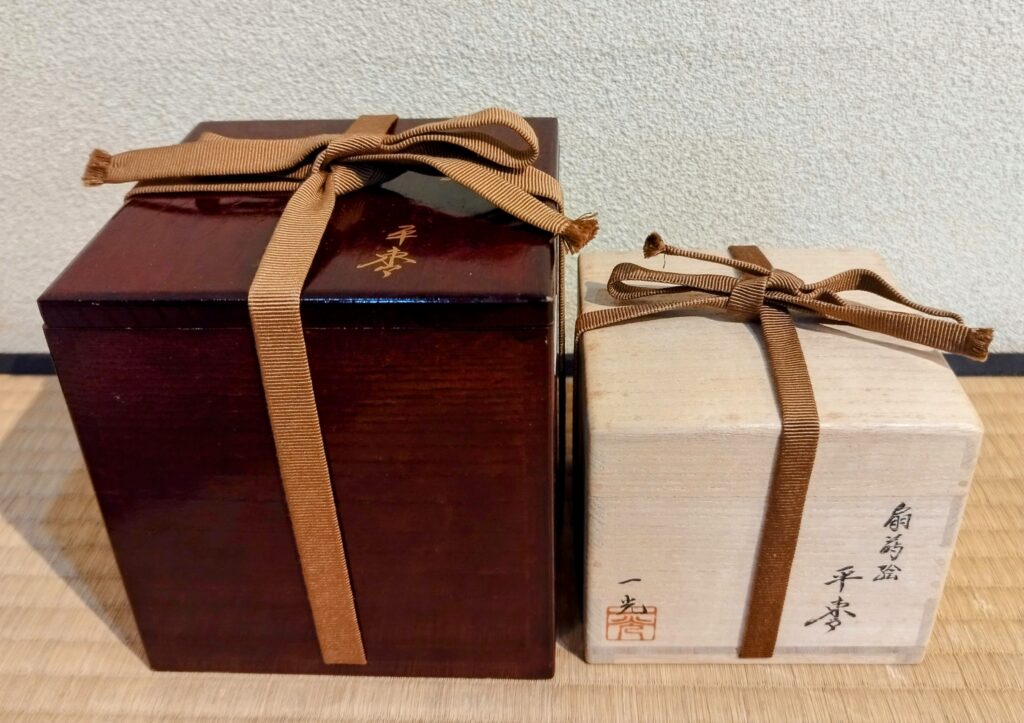
One more thing about antiques and antique art is “karma.No matter how much money you have, it is not always possible to get what you want.With modern items, you can get almost anything if you have enough money, but antiques and antique art are a completely different world.If an item is not available in the market, you have no choice but to wait for it, and if the owner does not give it up, you will not be able to acquire it, no matter how much you boast of your wealth.Even if the item you wish for comes in, its texture and condition may be slightly different from what you had envisioned.
In this way, antiques and antique artifacts have been carefully protected through the ages and passed through many hands, and they live on in the present day as unique and one-of-a-kind objects.Their existence allows us to feel at the same time “the feelings of the people who once lived there” and “the beauty born from the passage of time.
A connection that transcends time – A mysterious encounter spun by antiques and antiquities
As mentioned earlier, all antiques and antique works of art are handmade, and each piece is completely different from the others in terms of the unique texture created over the years.
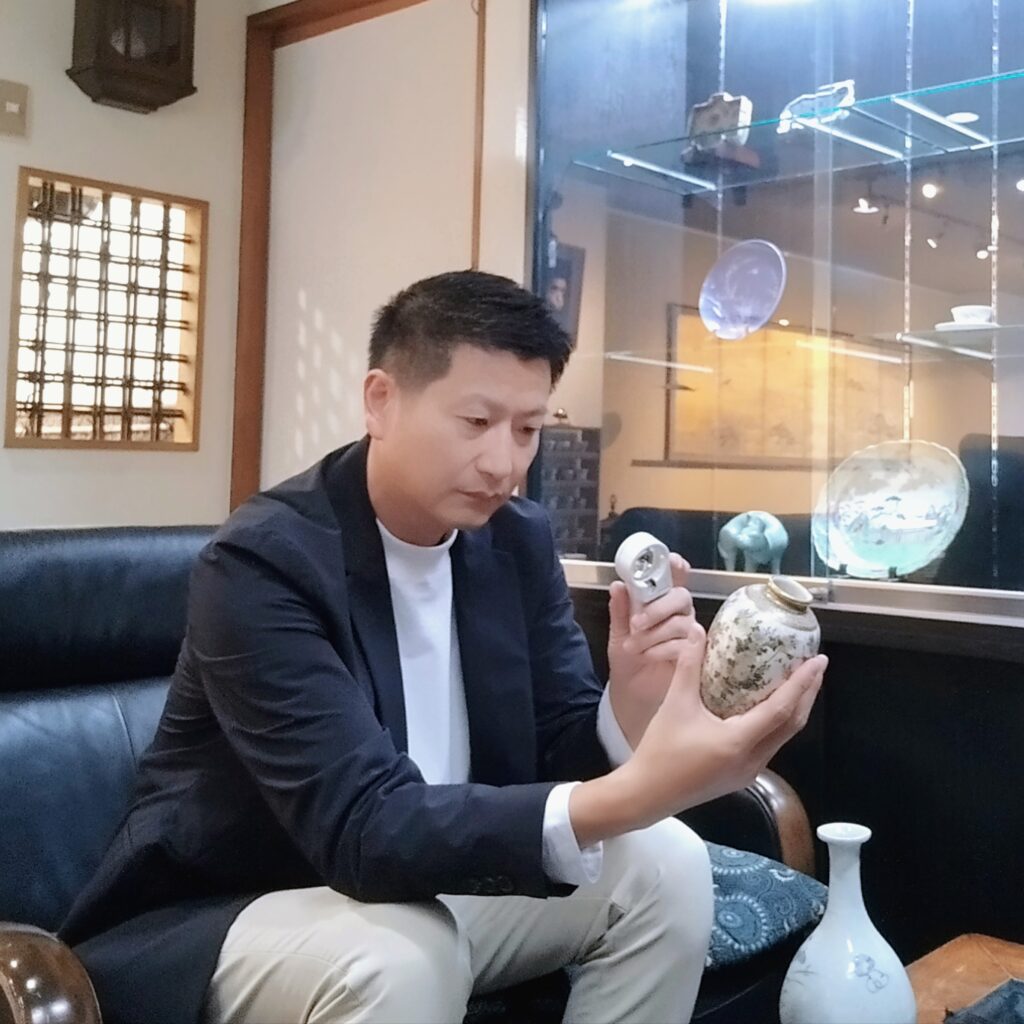
Tokyo Store Owner: Hideki Nishikawa
We antique dealers sometimes describe the sale of an item as “marrying into the customer’s family.This is because we liken the sale of an item to a human marriage, where the item leaves its previous owner, is loved and cherished by a new owner, and is passed down through time.
In the course of my business, I have encountered many magical moments.It is as if the item has been waiting for a new owner.It is not unusual for a person who has been looking for a newly arrived item for many years to happen to visit the store and acquire it on the very same day, or for a person who just happened to stop by on the street, who is not usually interested in antiques and antiques, to purchase a long-sold item after falling in love with it at first sight.
There is a sense of destiny in them.Antiques and antique artifacts have a history of their own, as people and objects are drawn together.I wonder if this mysterious bond is the reason why they have been handed down for hundreds of years and remain in our hands today.
Timeless beauty that shines through the ages—-The Spirit of Japan Reflected in Antiques and Antique Art
In today’s society, it seems that easy-to-understand criteria such as price and brand name largely determine people’s sense of value.In such a value system, it is becoming commonplace for people to consume inexpensive items sparingly and buy the same item over again when it breaks down.
On the other hand, many antiques and antique works of art are uncertain as to who made them, when, and how they were made.Not even authenticity is clear, and naturally, cost cannot be determined.Even so, there is a unique world in which people who share the same sense of value “discover and assign their own prices and values” based on the significance of existence and aesthetic sense of the items.This is a completely different way of being from today’s values, which are based on clear information and mass production.

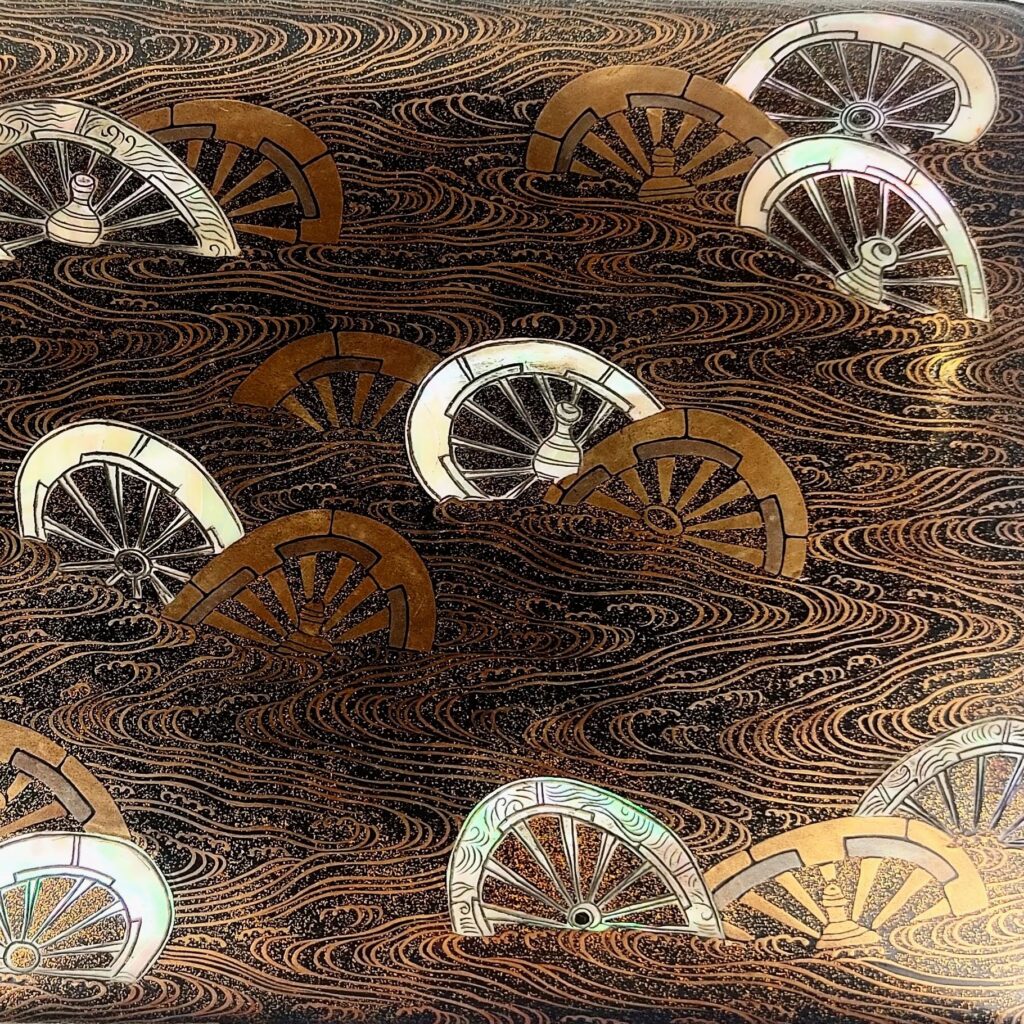
In our information-overloaded society, it is not easy for us to find out the truth and true values on our own, as we are swamped by the data we are given.In the world of antiques and antiques art, where people search for the truth and determine values independently, we seem to have “the ability to see with our own eyes” and “unique ideas and values,” which we are losing.Many historical figures and even members of the imperial family have been attracted by the fascination of antiques and antiques, and have built famous collections.Symbolic of this can be seen in the art and artifacts such as national treasures and important cultural properties housed in the Shosoin and San-no-maru Shozo-kan as well as private museums.
Today, this sense of value has spread to foreign countries, with collectors from other countries crossing the seas in search of and collecting Japanese antiques and antique artifacts.People from other countries marvel at the sophisticated designs and high techniques unique to the Japanese, as well as the excellent state of preservation achieved through years of storage.This is proof that the cultural soul that Japan can boast to the world has been preserved in tangible form.
At a time when Japan’s presence on the global stage is wavering, perhaps we should stop and reflect on our history and look at the essential splendor of our own country through Japanese antiques and antique art.The crystallization of this exceptional history and aesthetic sense is a true source of pride that we can show to the world, and it will always speak to us with a radiance that will remain unchanged.


